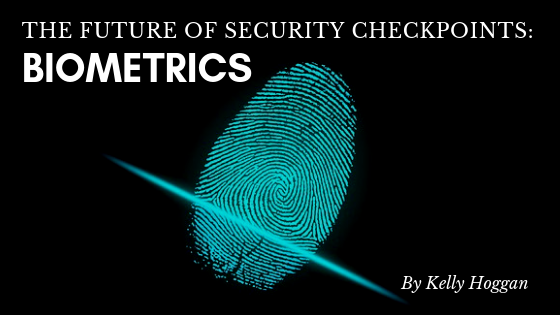To cut back on unnecessary time spent waiting in line and improve security detection methods, airports are slated to integrate biometric technology into security checkpoints in the near future. In late 2018, the TSA announced its plan to work toward greater integration of biometric technology to help expedite the process and eliminate human error from identity confirmation efforts. This announcement highlighted four goals:
- Establish collaborative efforts with the Center for Border Control regarding international travelers and biometric technology
- Incorporate biometrics for individuals who opt for the TSA PreCheck program
- Extend the application of biometrics for travelers within the country
- Design and implement infrastructure to support the biometrics initiative.
Presently, the process of passing through airport security checkpoints requires a human attendant to verify the identity of the passenger by validating official documents the passengers bring. This process can be tedious and time-consuming when these limited attendants must interact with every passenger who comes through their line. The integration of biometrics would serve to improve the efficiency and accuracy of this process.
Biometrics can involve a number of different practices. Facial recognition is perhaps the most commonly known example, but there are others, such as fingerprint and retina scans, that can also be used to verify the identity of an individual. Some less popular kinds of biometrics include gait analysis and handwriting scans. Biometrics technology has been developed and utilized in security fields to improve traditional methods of detection and prevention. In aviation security, ensuring the identity of passengers can make a significant difference in the safety of civilians.
One prominent reservation that has arisen in response to the TSA’s plans to integrate biometrics regards individual privacy. Facial screening is efficient, but some opponents fear that biometrics can be used in government surveillance or tracking systems, violating the privacy of those individuals. However, in the TSA’s road map for aviation security, they confirmed that they would prioritize the protection of individual’s data.
Several United States airports already use biometric technology at departure gates. There are plans to integrate this technology across the country within the next few years. While there are some security concerns with the integration of biometric scans in place of document verification, the overall goal of biometrics in aviation security is to cut back on needless waiting and enhance security measures for the good of all passengers and crew.


